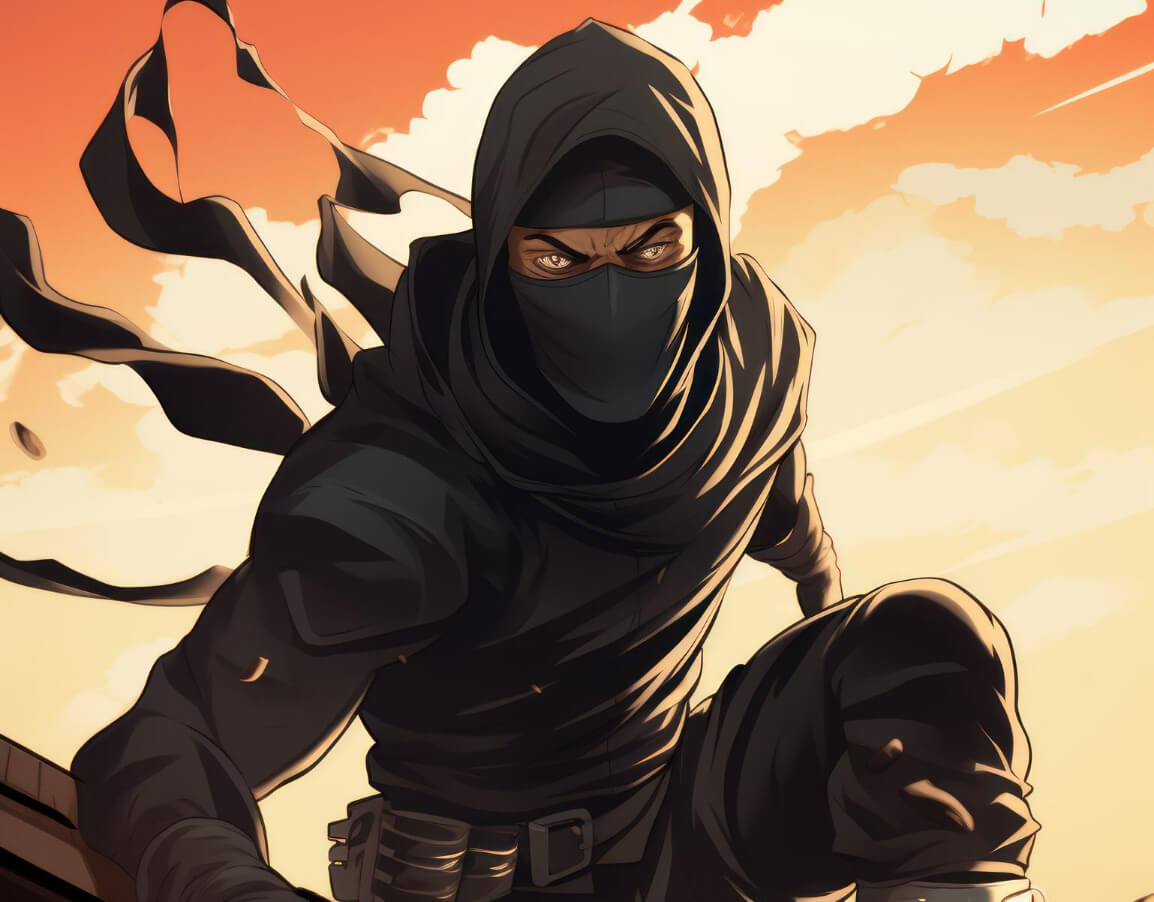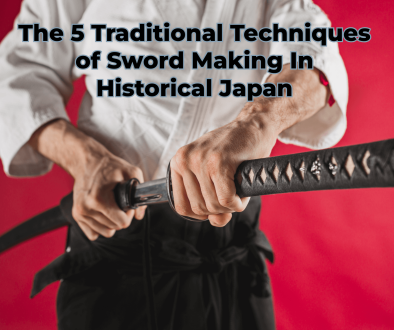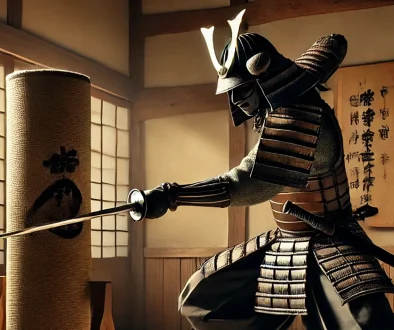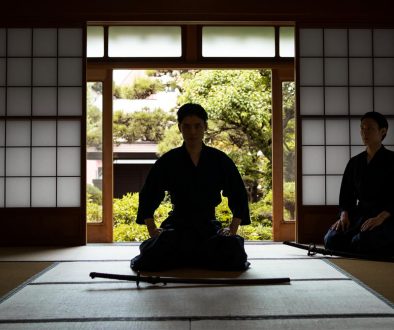Samurai Vs. Ninja History
Samurai were the warriors representing Japan’s upper class. Known to be loyal to their lords and dedicated to the bushido code, they represented the best of Japanese society. Or so they thought.
Ninjas were an elite warrior class known for their secretive tactics of espionage and assassination, often employed by daimyo (feudal lords) to infiltrate rival territories and conduct operations against them.
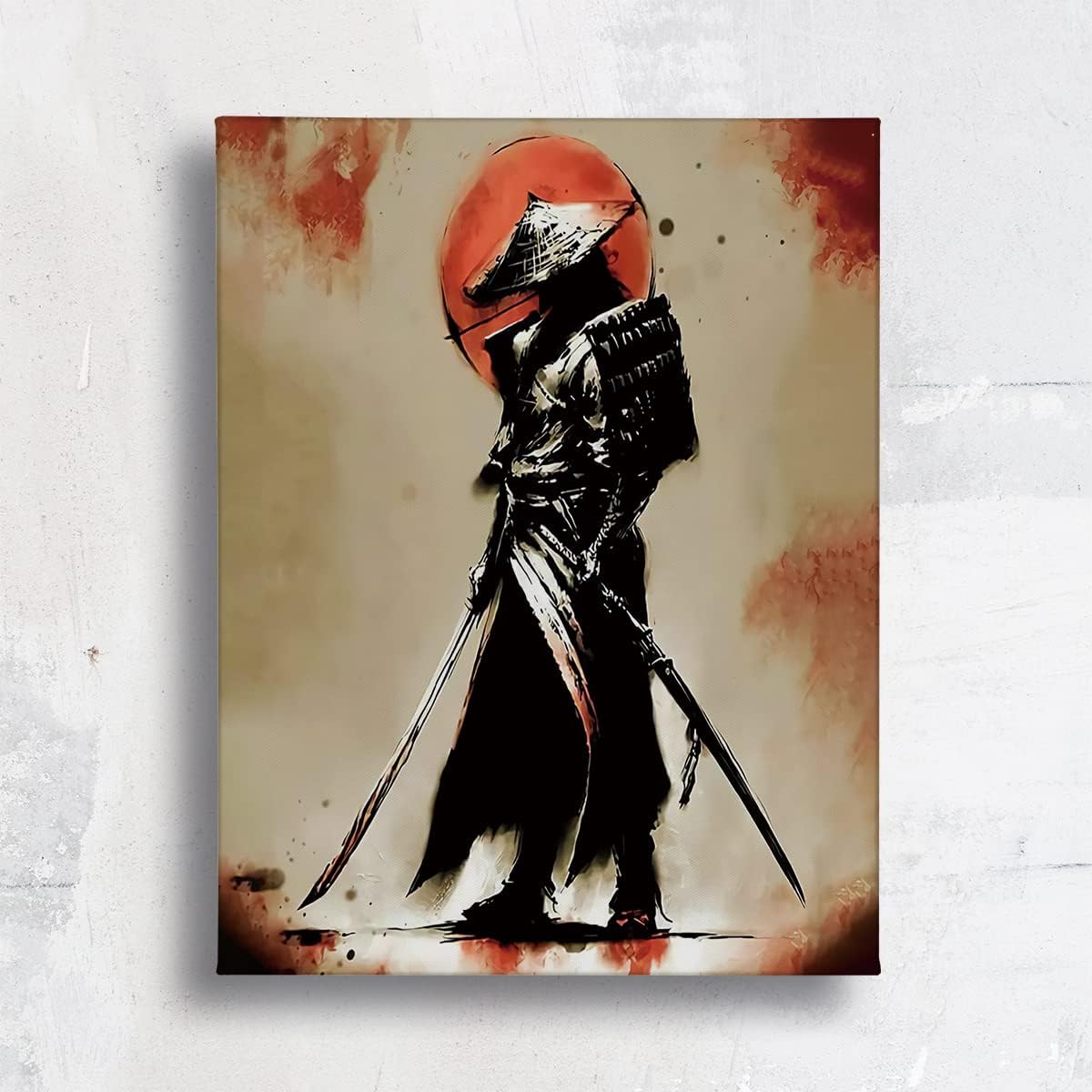
Origins and Rise of the Samurai and Ninja
Ninja first appeared during the Sengoku Era (1467-1573), otherwise known as the Warring States Period. Daimyo warlords were engaged in constant warfare and feuding; these conditions created an ideal setting for their rise as effective agents of covert activities such as spying, assassination, and other covert operations became immensely valuable to lords and samurai alike.
Businesses often hired Ninjas as spies, raiders, and arsonists to commit deeds disreputable for the samurai. Ninjas worked solely for money rather than fame or recognition as they recognized the power of using it in society and were highly effective at their jobs due to being able to blend into local populations without detection.
Many myths surrounding these warriors are shrouded in romanticism and fiction. Yet, amidst the legends and tales, the lineage of Ninjutsu carries a rich history that has been meticulously passed down through generations. Numerous devoted students have embarked on pilgrimages to the dojo of Masaaki Hatsumi, the 34th Grand Master of Ninjutsu.
Hatsumi Sensei, revered for his deep knowledge and skill, has played a pivotal role in preserving the authentic teachings and traditions of the ninja, ensuring that this ancient martial art remains alive and vibrant in the modern world. Through such dedication and commitment, the essence of Ninjutsu continues to inspire and influence martial artists across the globe.
Training and Weaponry: The Warrior’s Arsenal
Samurai are warriors known for being trained in empty-hand arts emphasizing grappling. They also specialized in weaponry and tactics suitable for their period. As a result, the students of Ninjutsu had to train harder. They didn’t have the resources and gyms, and halls available to them, as well as equipment, so they had to practice with traditional farming equipment, such as nunchucks, which were initially used to beat the wheat in the mill.
Samurai used long swords such as katanas to engage their enemies directly, and sometimes a mounted bow if they were on horseback. While Ninjas were also adept at sneaky guerilla warfare, they preferred to use shuriken, blowguns, and makibishi (Japanese caltrops). They often wore plain black clothing for easy camouflage while choosing weapons that were small enough to carry without drawing attention to themselves.
Ninjas in Japan belonged to lower classes and were often hired out for less-than-honorable tasks such as spying, poisonings, and assassinations – including spying for rival political groups or serving them at any cost – such as spying or assassinations. Famous examples were Fujibayashi Nagato (16th century), Hattori Hanzo (16th century), and Wada Koremasa (1536-1571), who all trained hard in Ninjutsu martial art forms.
The Role of Honor and the Samurai Code: Bushido
Samurai warriors followed the bushido code, which defined how they lived their lives. Influenced by Confucianism and Buddhism, bushido stressed loyalty, respect for authority, self-sacrifice, and caring for weaker peasants in their region.
One of the cornerstones of the samurai code was honor, which required them always to uphold their integrity and reputation in battle, even if that meant placing themselves in harm’s way. Retrenchment in action was seen as cowardly; some even committed seppuku (hara-kiri) rather than risk dishonor after losing an encounter.
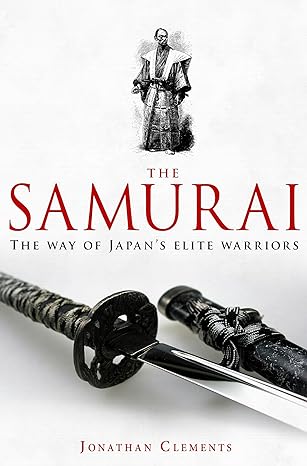
Bushido may have promoted an ideal of powerful masters caring for the weak. Yet, it was frequently employed as a weapon of war and conquest during Japan’s imperialistic era leading to World War II. Bushido has been widely criticized for contributing to an aggressive militaristic culture and may have contributed to atrocities committed by Japanese soldiers during World War II, including mass suicides of prisoners of war.
Ninjas used the aspects of the Code of Bushido that they felt were of good use, and they manipulated the often spiritual characteristics of it to favor their manipulation and fear tactics on the mindsets of samurai. For this reason, much of Ninjutsu is shrouded in mystery, as it was typical for stories and witnesses to talk about the spiritual aspects or divination without knowing a Ninja had tricked them.
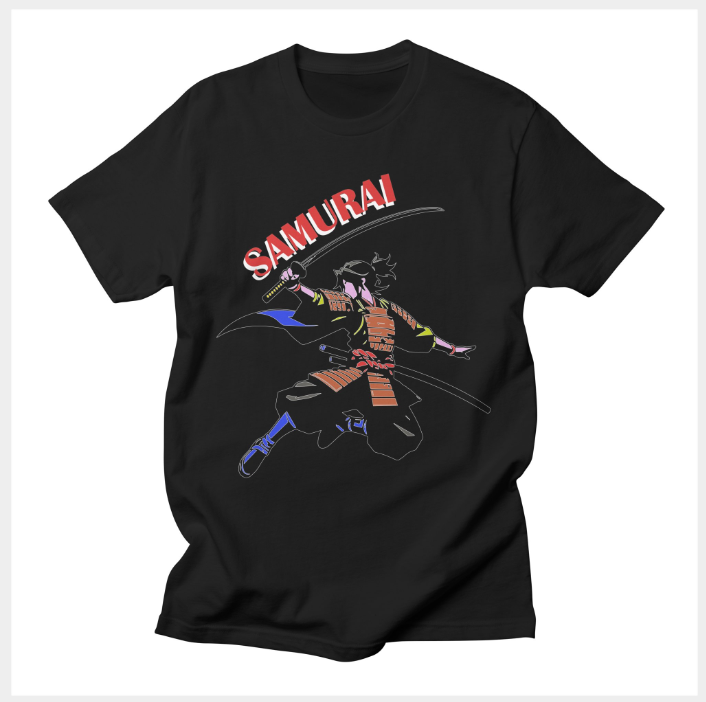
Stealth and Espionage: The Ninja’s Secret Arts
Ninjas originated from Japan’s lower classes, employing methods considered dishonorable by their counterparts (Samurais). They utilized disguises and aliases to gain entry to sensitive areas and gain the trust of their targets; additionally, they created unique tools and weapons such as the shuriken (projectile weapons) and kyoketsu-shoge (a combination of hook blade and rope used to entangle opponents).
As large-scale warfare in Japan ceased with the Shimbara Rebellion, ninjas increasingly focused on intelligence gathering and espionage – more like secret agents than hired gunmen or assassins – working for daimyo or feudal lords as bodyguards, spies, or assassins for an agreed fee.
Contrary to samurais, who upheld honor and Bushido as much as possible, ninjas did not hesitate to use murder, torture, and other unethical means to pursue their goals.
Ninjas would also gain access to many different locations, using tools that were kept secret, such as straw baskets, used to travel across moats. Another famous and well-used traditional weapon was the ninja claw called “tekagi-shuko” or simply “shuko.” The term “tekagi” translates to “hand hook,” while “shuko” means “hand tiger.”
This tool consists of a metal band meant to fit around the palm, with hooked claws protruding. The shuko was used not only as a weapon but also to assist in climbing, as it could grip onto walls, trees, and other surfaces. This all-around skill set set the Ninja apart from the samurai. At the same time, the samurai lived by a strict code, and ninjas remained flexible, living by the philosophy of the elements of the universe.
Epic Battles: Notable Samurai vs Ninja Clashes
Samurai and Ninjas typically fought each other with great intensity when they did come into conflict, often leaving an unforgettable battle scene in its wake. Their training methods varied significantly, with samurai emphasizing power and distance and ninja favoring more clandestine arts such as poisoning, stealth strikes, and guerilla warfare.
Ninjas were hired guns and needed to complete their mission with whatever means necessary. Ninja clans like Iga were professional mercenaries and spies skilled in siege warfare and ambush attacks. However, they eventually fell under Oda Nobunaga’s superior forces at Iga in 1581, ending ninja independence in Edo, Japan.
Legends Myths and Popular Culture Depictions
Although ninjas and samurai often worked in unison, they rarely came into direct conflict with one another; when they did fight each other, the samurai generally prevailed due to being professional soldiers wielding two swords; by comparison, the ninja were more like spies and assassins. Much like the modern terrorist or freedom fighter in oppressed dictatorships today. Ninjutsu practitioners are also noted for using Samurai blades as they were superior in design to most swords and were easy to access if you killed a Samurai.
Ninjas, with their mystique and unique skills, have given rise to numerous legends and tales, some grounded in historical events and others pure fabrications or exaggerations. Beyond the mainstream stories, ninjas are also associated with various supernatural legends and tales:
Kappa: While not exclusively linked to ninja lore, the Kappa is a water creature with humanoid features. Some stories suggest that certain ninja clans could command or collaborate with these creatures to aid in water-based infiltrations or defenses.
Noppera-bō: Ghostly beings without faces. It’s said some Ninjas could take on the appearance of these creatures to strike terror into their enemies. The faceless appearance ensured that their true identity would never be compromised.
Tengu: Mythical half-bird, half-human creatures known for their martial arts skills. Some legends hold that the tengu taught the Ninja their unique techniques. Tengu is the master of the wooded mountain areas, and their association with flight and invisibility ties them to Ninja legends.
Transformation or “Henge”: It’s believed that some Ninjas have the power to transform into animals or other people. This would help them in reconnaissance, escape, or infiltration.
Kitsune-bi: The foxfire. Kitsune, or foxes, in Japanese folklore, can be both good and malicious spirits. Some stories suggest that ninjas could use the foxfire to light their way in darkness or to bewitch and mislead enemies.
Kunai Curses: While kunai are primarily tools, some legends attribute them with the power to hold curses. A ninja could imbue a kunai with a curse and throw it onto an enemy’s property, causing misfortune until it was found and cleaned.
Spiritual Retreats: There are tales that some ninjas, especially those approaching the end of their life or those seeking more profound enlightenment, would retreat to hidden mountain temples. Here, they would meditate, commune with spirits, and sometimes, it’s said, transcend their physical forms.
Many of these legends have roots in Japanese mythology and folklore, and they became intertwined with Ninja stories due to the secretive and mysterious nature of the shinobi. Over time, the lines between historical fact, deliberate misinformation, and pure legend blurred, making the ninja an even more enigmatic figure in Japanese history.
Modern Interpretations and Inspirations
Today, many are familiar with ninjas and samurai due to popular cultural depictions in movies and TV shows. Although some portray them as violent assassins or mercenaries, others see them as heroic defenders of oppressed populations. No matter one may feel about them personally, regardless of how one views them, they have left an indelible mark on Japanese culture and history.
Ninjas (shinobi) emerged as a unique class of warriors during Japan’s chaotic Sengoku Period (1467-1615). While samurai were trained for battle, ninjas had specific skill sets designed specifically for spying and assassination operations.
So quickly did the ninja become essential to feudal clans during warfare or political turmoil, often being hired to perform sabotage operations against enemy territories or to carry out raids against them.
As part of their propaganda and myth-making missions, ninjas also helped spread propaganda and build myths surrounding their abilities – invisibility, magic, animal-like speed, teleportation, and cloning – while spreading propaganda to gain an advantage against rival clans. Legends surrounding ninjas may have been created within their clans to give them an edge against rival clans.
Osamu Tezuka’s manga series Hyouge Mono follows a ninja who attempts to uphold the code of the samurai but encounters resistance from fellow warriors. If you prefer more realistic depictions of medieval Japan, the 1993 anime Ninja Scroll may also provide excellent entertainment.
